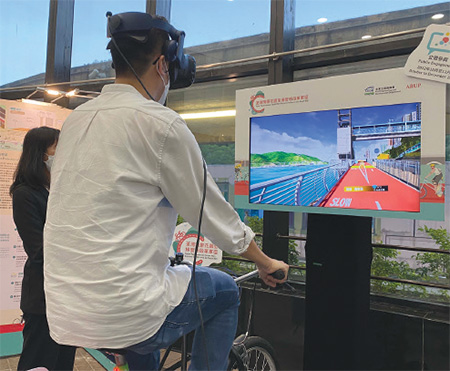


Civil Engineering and Development Department
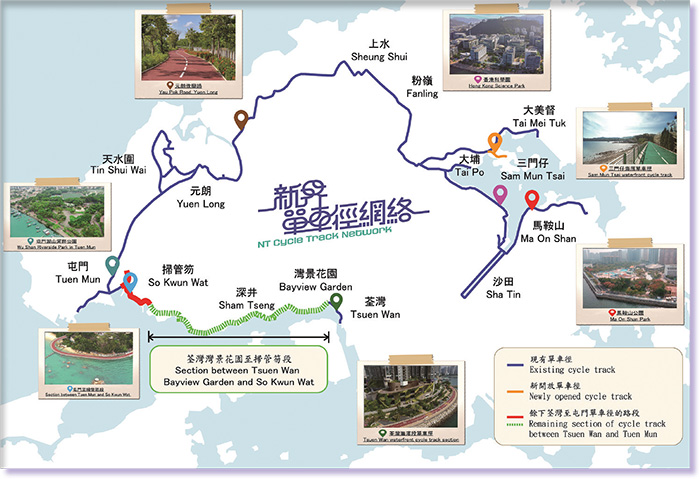
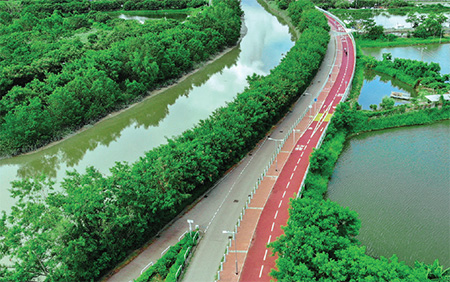
While the completed cycle track sections have been well received by the public and have now become popular leisure and sports facilities, during the planning and construction stages, CEDD was continuously faced with challenges. How CEDD has overcome these hurdles can be summarised by using the letters “A”, “B”, “C”, “D” and “E”.
The positive attitude and open-mindedness of the project team have ensured success for the project. Even though it may mean that CEDD engineers have to step out of their comfort zone, and stand ready to face criticisms, they always seize the opportunities to interact with the community with a view to making their design decisions more people-centric.
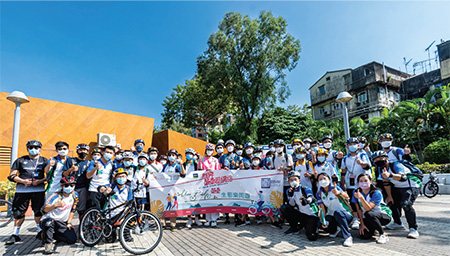
The NTCTN has been designed according to the relevant design standards and guidelines, as well as overseas experience. However, the cycle tracks are sometimes criticised as unsafe. The misconception often stemmed from users not familiar with the meaning behind the design or the road markings and traffic signs erected along the cycle track. Breaking through from the traditional role of an agent of works, CEDD took the initiative to think out of the box and implement the relevant measures, such as engaging a non-profit making organisation to act as Bicycle Ambassadors in providing assistance to the public and promoting safe cycling and related etiquette; and organising cycling safety promotional activities to enhance public awareness.
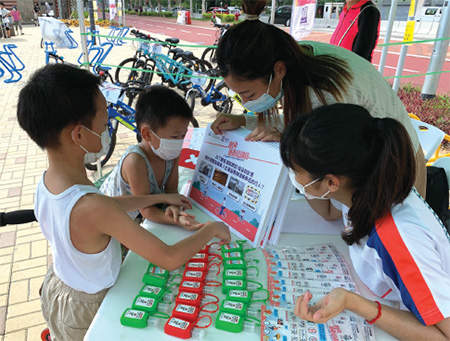

Even with the epidemic among us during 2021 and 2022, CEDD managed to collaborate with various bureaux and departments in hosting events of various sizes and scales to promote the NTCTN.

In selecting the alignment of the cycle track, priority is given to spots with beautiful scenery and cultural elements. Thoughts have also been given to planting flowers that blossom all year round alongside the cycle track. Throughout the entire NTCTN, cycling entry/exit hubs and resting stations are provided at strategic locations to serve the users.
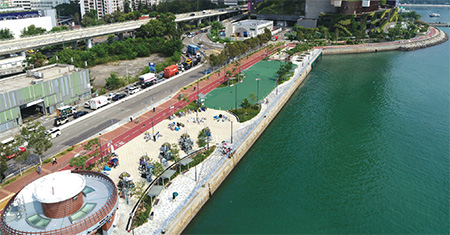
Stakeholders engagement has become an integral part of every project. With the tremendous efforts put in by the project team in responding to public expectation throughout the project, CEDD is very happy to see persistent objectors eventually turning into friendly locals who would come over to talk to the team at the cycling safety promotional activities.
CEDD is confident that the work CEDD has been doing will help pave the way in taking forward the remaining section of the NTCTN.
